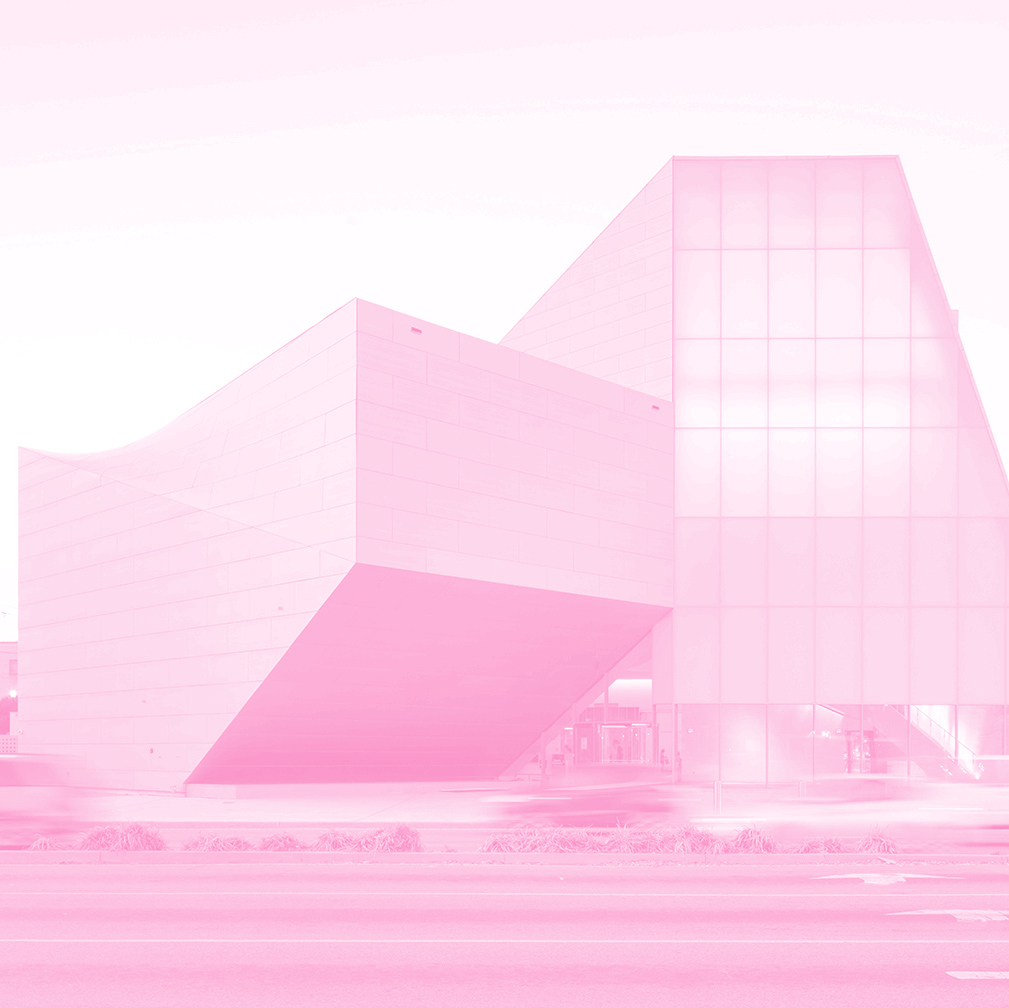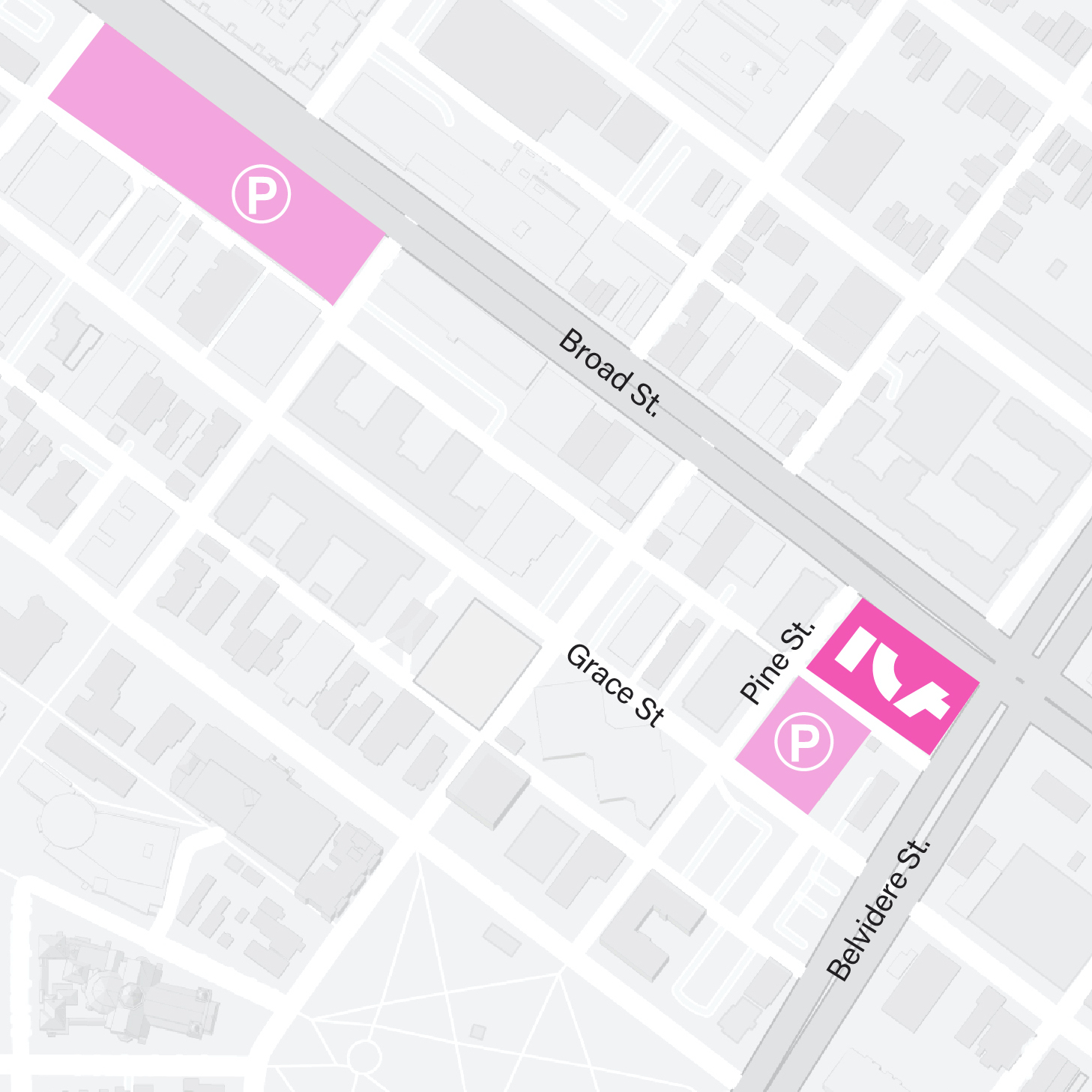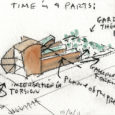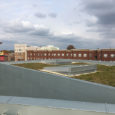TRANSCRIPT
The Plane of the Present
MICHAEL LEASE: Near the top of the staircase on the second floor, there’s a door. You’re welcome to open it, and move out onto the terrace. It’s a great city view. When you’re there, look back at the tall windows, towards the east. Or, if you’re staying indoors, look up at the wall of tall frosted windows. Swipe through the images. There’s a watercolor there by architect Steven Holl. It captures one of his key concepts for this building.
Holl often uses literature as inspiration for his designs – and here, what he calls the “Plane of the Present” is from the story “The Garden of Forking Paths” by the Argentine writer Jorge Luis Borges. The story invokes a place where different possibilities split, or fork, in time. When you’re inside one of the ‘forking galleries’, those spaces are what Holl has described as different paths that art give us. Art allows us to look at the world in different ways, or imagine how we might live in different ways. It’s the spaces in between the forking galleries that Holl designates as the “Plane of the Present.” So, for Holl, the rectangular wall of windows you pass through at this point – or even see from the street down below – marks that shift in time: from the present, to various possibilities.
Green roof
MICHAEL LEASE: This terrace is one of the building’s four ‘green roofs’. They’re designed to be part of the building’s energy efficiency. Rebecca Aarons-Sydnor, the Green Building consultant for this project, explains why low sedum plants were selected for the roof:
REBECCA AARONS-SYDNOR: They’re very hardy plants. They require no irrigation. The sedum protect the roof so the roof membrane underneath it lasts longer, absorbs storm water, and it gives us some nature to look at from the inside of the building and also when we’re out on the terrace in the midst of the city.
MICHAEL LEASE: She also explains a major green feature of the building that you can’t see. But you can step back inside to feel it. It’s the geothermal heating and cooling system that heats and cools all the floors inside the building.
REBECCA AARONS-SYDNOR: We have 43 wells that go 460 feet down into the earth. And what’s great about those wells is we’re using the constant temperature of the earth to get some free cooling and free heating of the refrigerant before it runs through the equipment in the building. And so it will be getting completely free energy from the earth. They’re really just these small plastic tubes that go down and up and then across and over to the next well and across and over the next well, and they make one giant loop for the building.

 Closed
Closed

 Area Map
Area Map  Parking
Parking 
